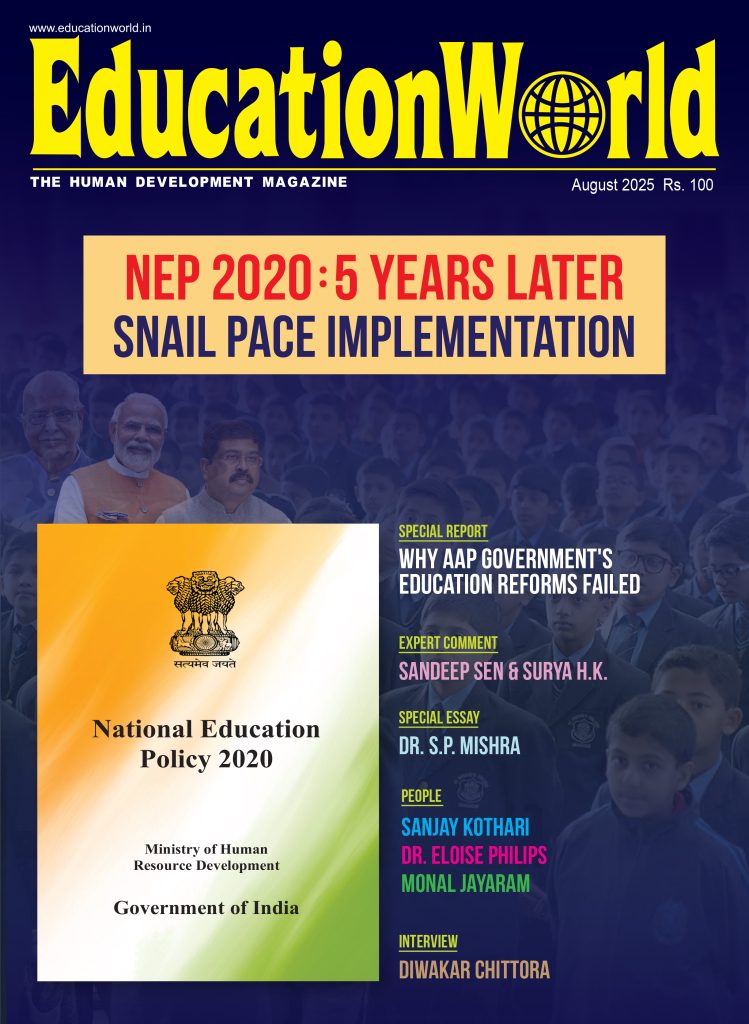Accelerating slide into anarchy
It’s an ominous portent of the country’s accelerating slide into primaeval chaos. On May 6, Aditya Sachdeva, a teenager driving a family sedan in Gaya district, Bihar playfully overtook a Rs.1.3-crore Land Rover SUV driven by Rakesh (‘Rocky’) Yadav, son of a powerful MLC (member of the legislative council) of India’s most educationally and socio-economically backward state. This act of lese majeste was provocation enough for Rocky to pull out a high-powered handgun and shoot 19-year-old Aditya dead. But despite it being very clear ab initio that this spoilt brat had killed the teenager in a fit of rage, it took the state government three days to arrest him while his MLC mother, who harboured him, is unpunished.
Such outrages by the Republic’s rich and famous and rising incidence of uncontrolled lynch mobs attacking people and property — the Patidar and Jat reservation agitations, and multiplying crimes against women asserting their rights — are becoming commonplace because of continuous under-investment in law, order and justice systems across the country. In 2006, based on the recommendations of several law commissions and the Justice Malimath Report (2003), the Supreme Court made detailed recommendations to the Union government to draft a model Police Act which would increase the strength of the national police force, improve their pay and work conditions and most importantly, insulate law enforcement and administration from political interference.
These recommendations of the apex court have not been heeded by successive governments at the Centre. As a consequence, the ratio of police to population in India averages 106 per 100,000 citizens against the global average of 222 and 900-plus in some countries (Russia and Turkey). Similarly, the ratio of judges per million population in India is a mere 15 as against 107 in the US. Little wonder the country is sliding into anarchy.
Yet, the maintenance of law and order is not entirely dependent upon improving the enforcement machinery. It’s intimately connected with the country’s grossly neglected education system. If young citizens are poorly schooled in civic behaviour and ignorant of the social contract between citizens which must be voluntarily respected for peace and harmony to prevail, no amount of policemen or judges will suffice.
Curiously, post-independence India’s intelligentsia, and the academy in particular, have failed to impact the purpose and importance of good quality public education upon the State and public. Quality education in turn requires sufficient budgetary provision. But pathetically inadequate allocations made for education and welfare of children in Union and state government budgets year after year — arguably the lowest per capita worldwide — are unprotested. Trained and accustomed to silo-type thinking and reasoning, India’s inert intelligentsia has failed to understand that everything is connected, and fixing the parts is necessary to repair the whole.
National water management policy
It’s hardly surprising that several states of the Indian Union are afflicted by severe drought conditions, which have imperilled the lives and livelihoods of 330 million rural citizens, because Indians are the world’s greatest wasters of precious water resources. Sample this: India’s farmers utilise 2,688 litres of water to produce 1 kg of husked rice, against the global average of 2,175 litres. Likewise to produce one cubic metre of thermal power, India Inc requires four units of water (1:4). Against this, China’s ratio is 1:2.5, Australia 1:2.2, USA 1:2 and South Africa 1:1.34. Because of reckless farming and industry practices, per capita water availability which was 5,177 cubic metres per year in 1951 has reduced to 1,541 currently.
Inevitably, in a country where the State still dominates the “commanding heights” of the economy, faulty government policies are the root cause of rural and urban water wastage. For instance, although the government-dominated power generation and distribution sectors are chronically unable to meet industry and domestic demand, most state governments provide free electricity to farmers which prompts them to over-draw and deplete groundwater resources through extensive pumpsets usage.
Moreover, because of substandard primary and skills education, the majority of the country’s 700 million farmers practice flood farming, i.e flooding their fields with water, which is very wasteful.
Even in urban India, flawed water pricing policies encourage wasteful usage. According to Business Today (May 22), the price of piped water in Delhi is $0.49 per kilolitre against $3.41 per kl in Brazil, $1.87 in the UK and $0.71 in China. This is an unwarranted iniquitous subsidy to the middle and upper class households of urban India, who in effect pay less for water than poor people residing in the country’s ubiquitous urban slums.
This is not to say that effective water conservation technologies and systems are unknown in India. There are a substantial number of non-government organisations promoted by visionary and inspiring leaders who have created green oases in arid landscapes by reviving and leveraging ancient and modern water conservation technologies and practices. Notable among these can-do leaders are Barefoot College founder Sanjit (‘Bunker’) Roy and Amrishbhai Patel (the latter has transformed Shirpur taluka into a clean, green oasis of prosperity by combining education, water conservation and labour-intensive manufacturing. (See EW cover feature March)
The Indian landscape is dotted with water experts and conservationists who given official and public encouragement can help to draw up a National Water Management Policy to transform this nation, blessed with numerous riverine systems into a water-surplus economy. But for this beneficial denouement, the iron grip of the powerful 20-million-strong bureaucracy over national policy planning and resources management needs to be broken.
















Add comment